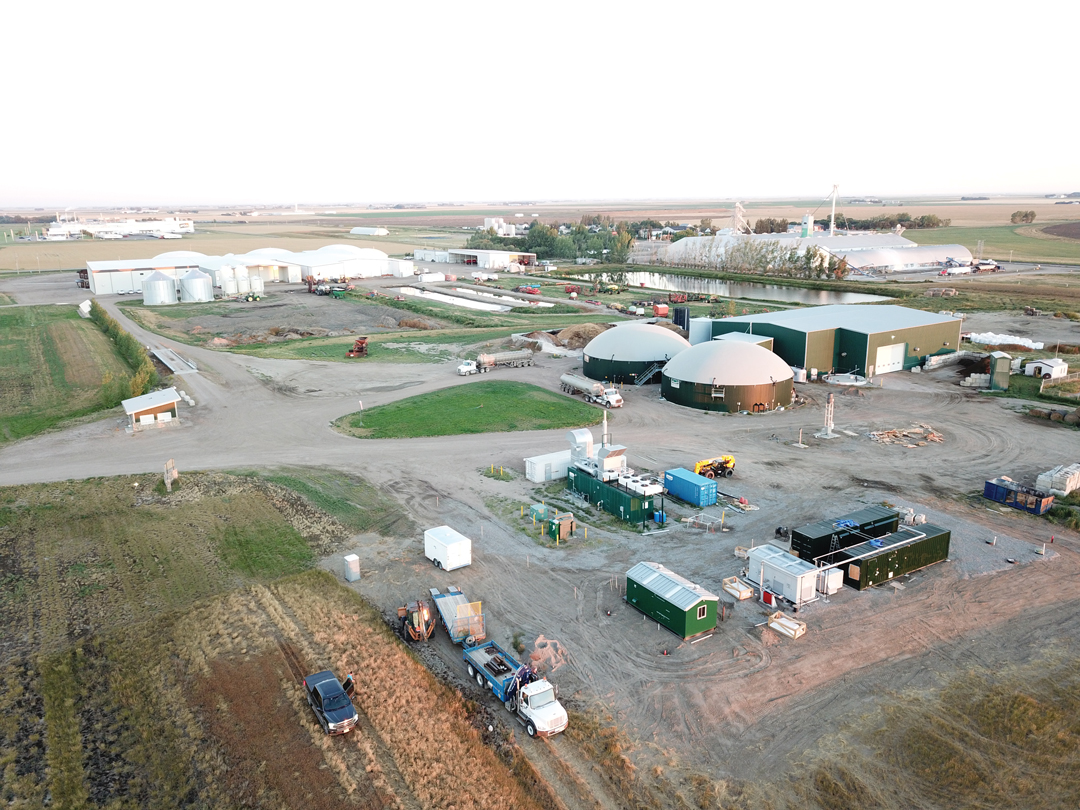CROP DEVELOPMENT BREAKTHROUGH
BY MADELEINE BAERG • PHOTO COURTESY OF THE UNIVERSITY OF CALGARY
Over the past two years, University of Calgary plant breeder Marcus Samuel has demonstrated impressive drought-tolerant proof-of-concept improvements in wheat using an innovative, non-GMO breeding technique. The project has received $398,000 in funding from the Saskatchewan Ministry of Agriculture, Results Driven Agricultural Research, the Alberta Wheat and Barley Commissions, SaskWheat and the Manitoba Crop Alliance. Samuel hopes to bring these same drought tolerance gains to elite wheat varieties nearing commercialization.
“We have showed with a sort of outdated variety that this actually works,” said Samuel. “Under drought conditions, the parental line just collapses but the new lines get through with flying colours. Now, can we do the same mutations and recreate this in elite varieties—the best varieties that are coming to the market in the next year or two? If we could accomplish this, I think it will be a significant improvement in the way we think about crop development for Canada.”
Rather than trying to find the specific genes that cause drought tolerance, then adding them into a line, Samuel attacks the challenge from the other direction. This involves the creation of a wide selection of random and varying mutations in plants, and the selection of drought tolerant individuals from among these.
An existing seed variety is treated with a chemical that causes random mutations throughout the genome. Treated seeds are then grown in trial plots. Once the mutagenized plants reach maturity, their seeds are harvested and selected for drought tolerance with the use of a chemical screen that mimics drought.
“What we’re doing is expediting evolution,” said Samuel. “Under certain selection pressures you could find [a drought-tolerant] mutation, but we are artificially creating the mutation.”
Once Samuel identifies the lines that best withstand drought, he breeds out additional mutations. “By out-crossing the extra mutations, we can make sure the wheat we’ve created is what we need without yield penalty or susceptibility to diseases,” he said.
Samuel began working on the method with a tiny weed called Arabidopsis. Three years ago, he transitioned to AAC Taber spring wheat. With two years of funding from Genome Alberta, Samuel and partners Raju Soolanayakanahally of Agriculture and Agri-Food Canada and Sateesh Kagale of the National Research Council of Canada developed seven drought-tolerant wheat lines. “Compared to [the AAC Taber] parental lines, we obtained 50 per cent more yield in the particular lines we created [when water is limited],” said Samuel.
Samuel said he is keen to achieve similar results in high performance wheat varieties. Working with breeders across the Prairies, he plans to utilize the same technique on one top-performing wheat line from Alberta, Saskatchewan and Manitoba. Test plots for the trials will be located in Lethbridge, Saskatoon, SK, and Brandon, MB.
Samuel expects the new process will produce drought-tolerant, elite wheat lines within the next five to seven years. “Given the droughts we’ve had [recently] and climate change, we want to have this kind of crop insurance built into all the products that come out [of breeding centres],” he said.
Such drought tolerance gains will potentially be among many near-term variety development gains to be made with the use of this technology. As traits are developed, breeders will be able to isolate and then stack preferred traits onto promising lines, including higher yield, better protein and additional tolerances.







Comments